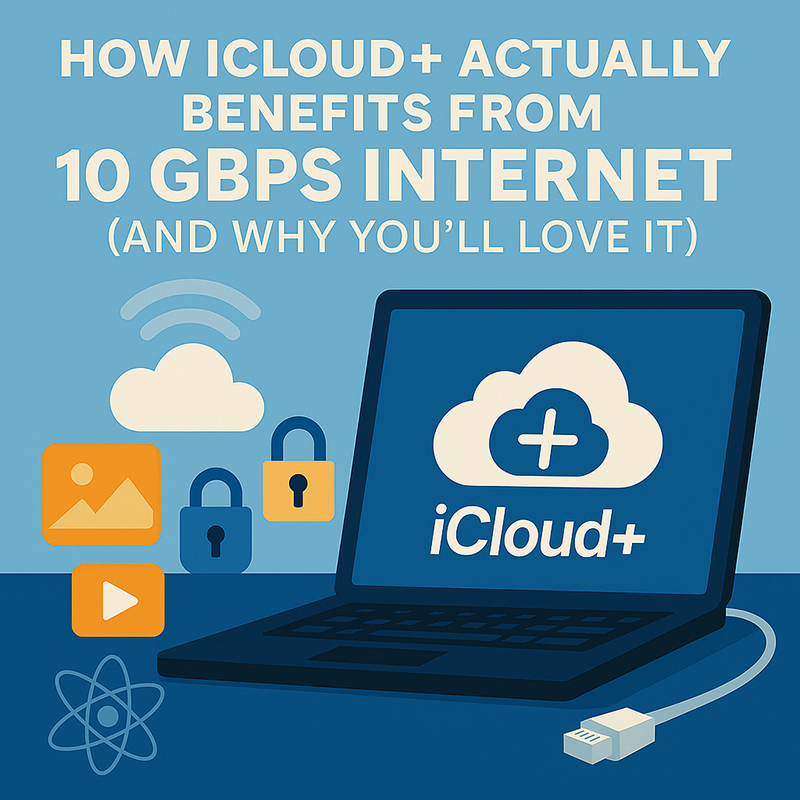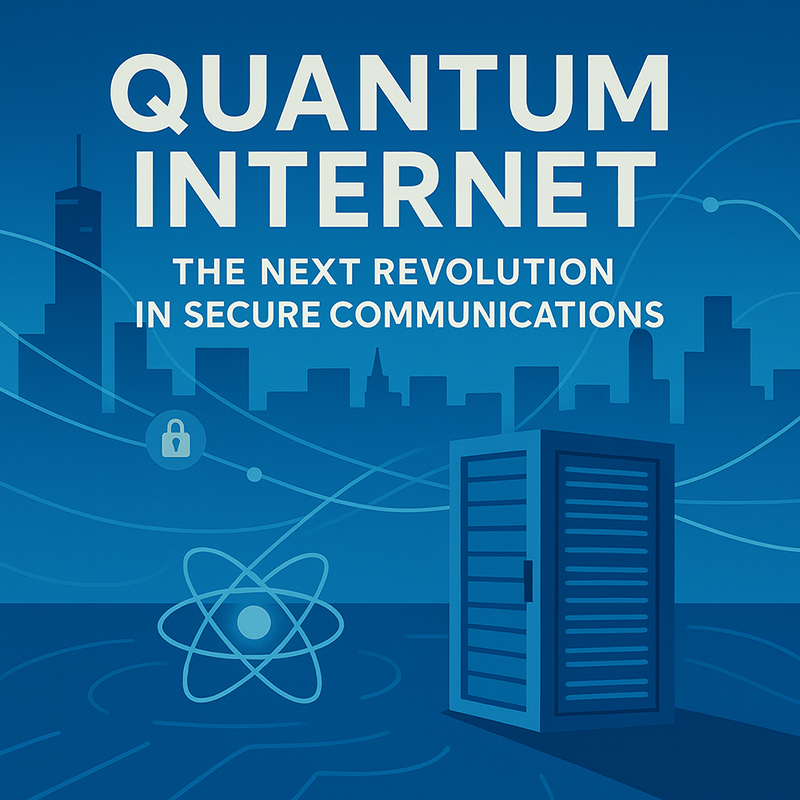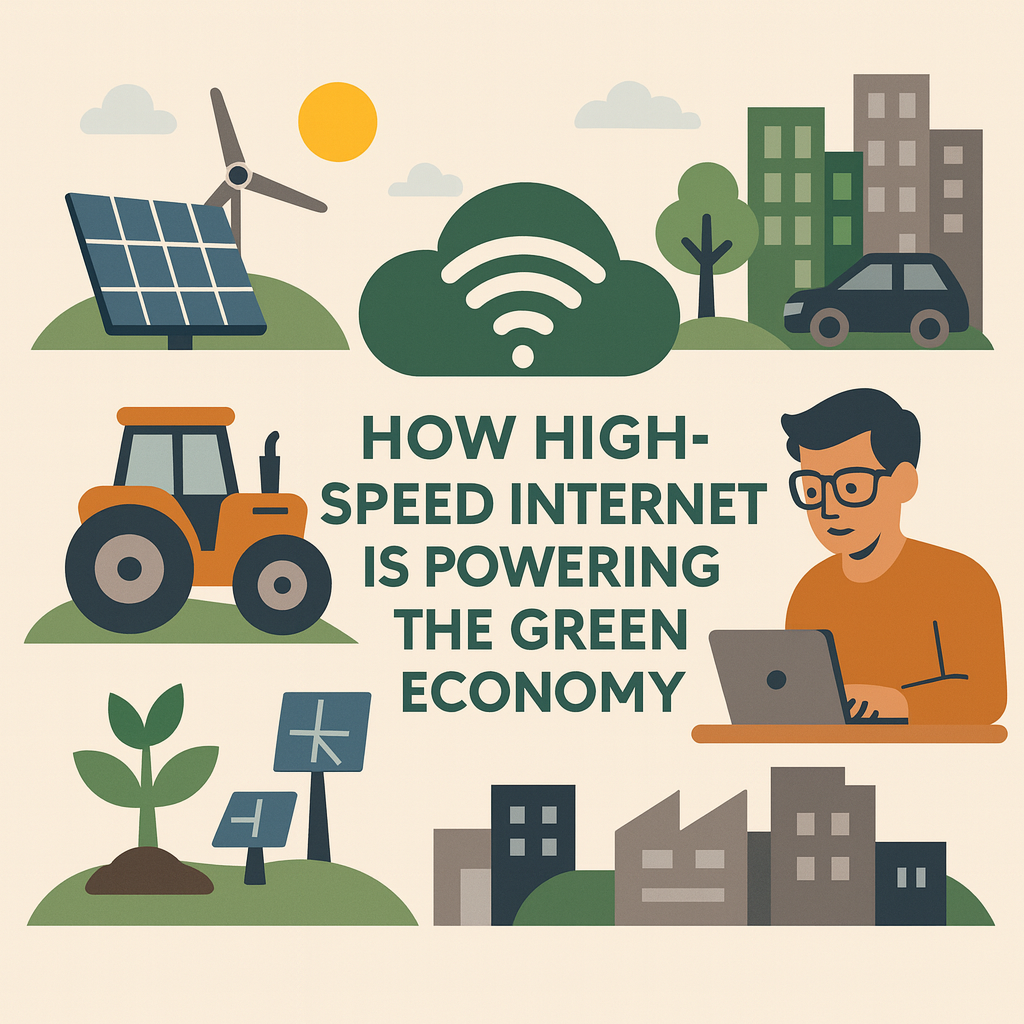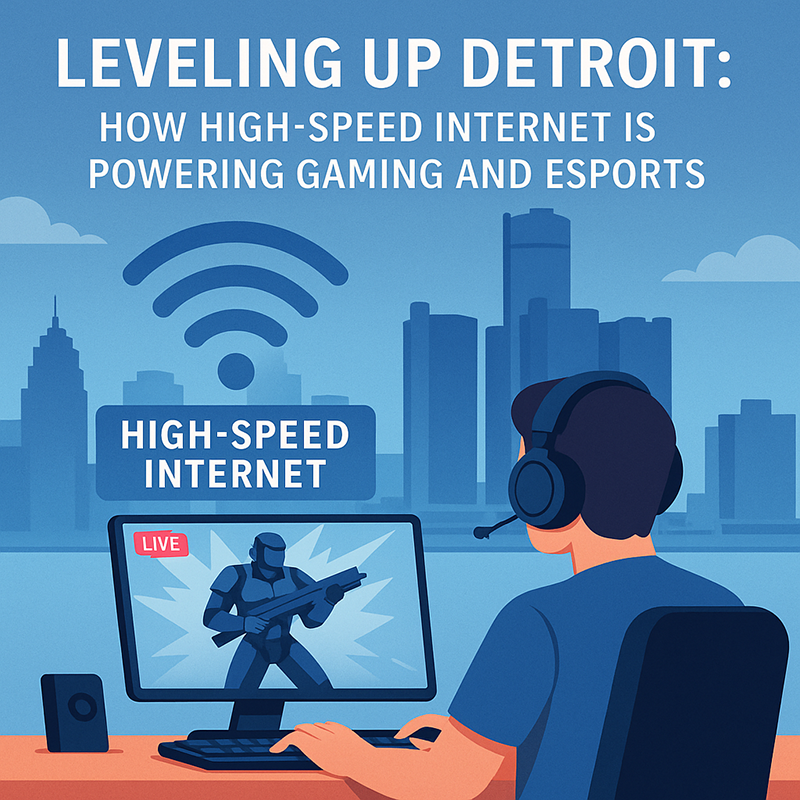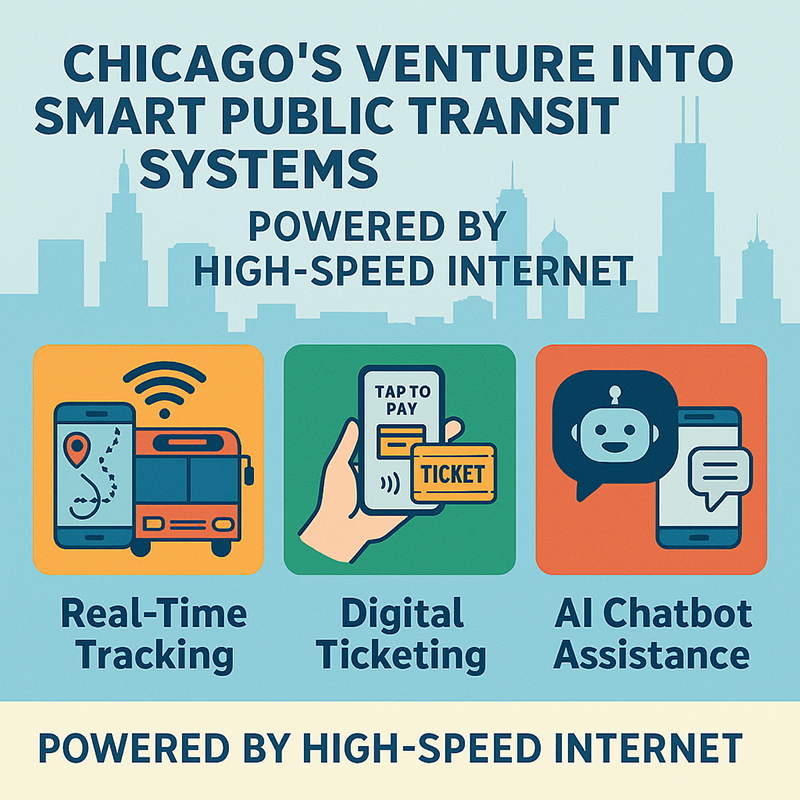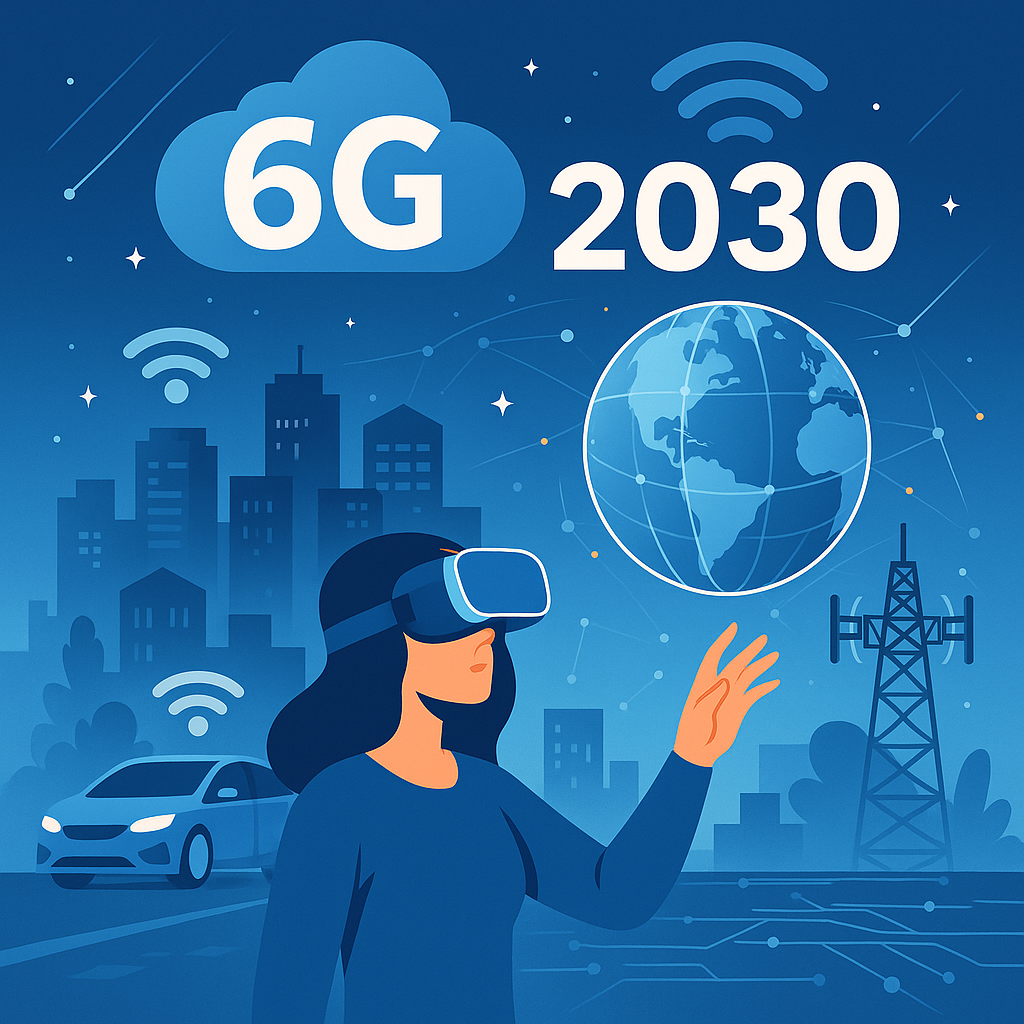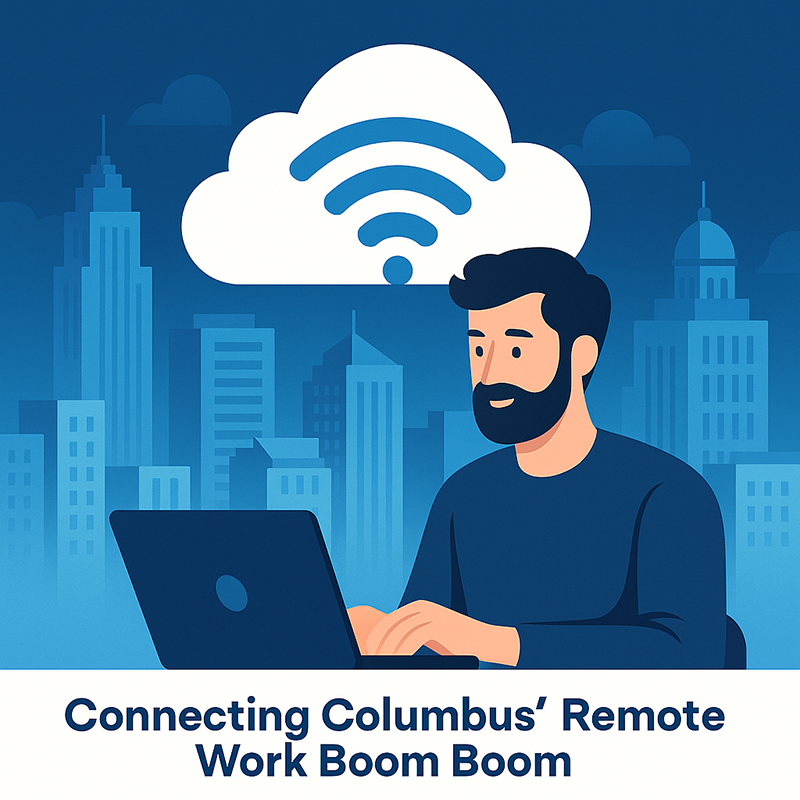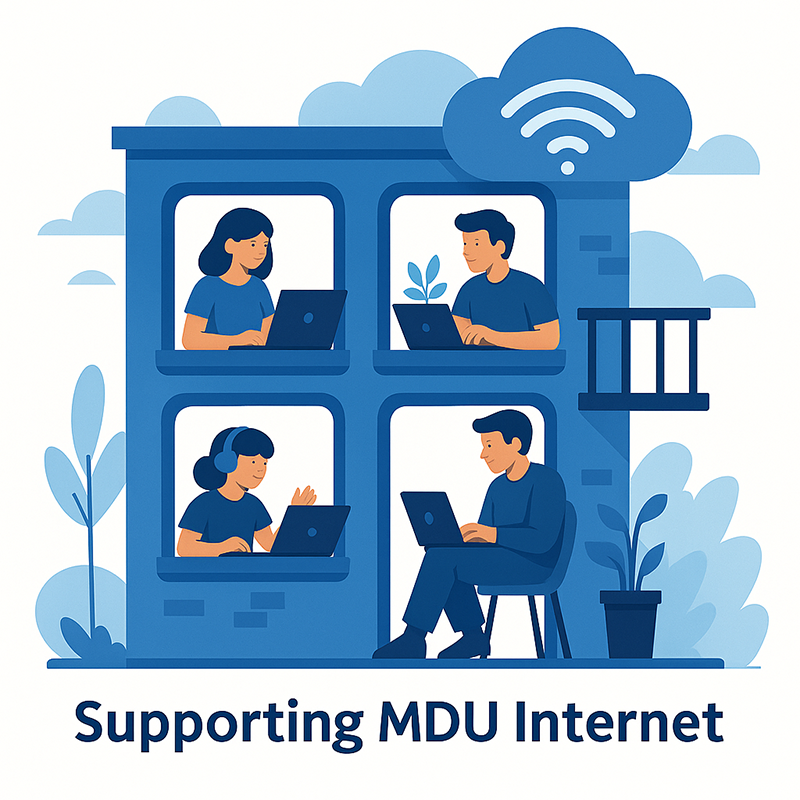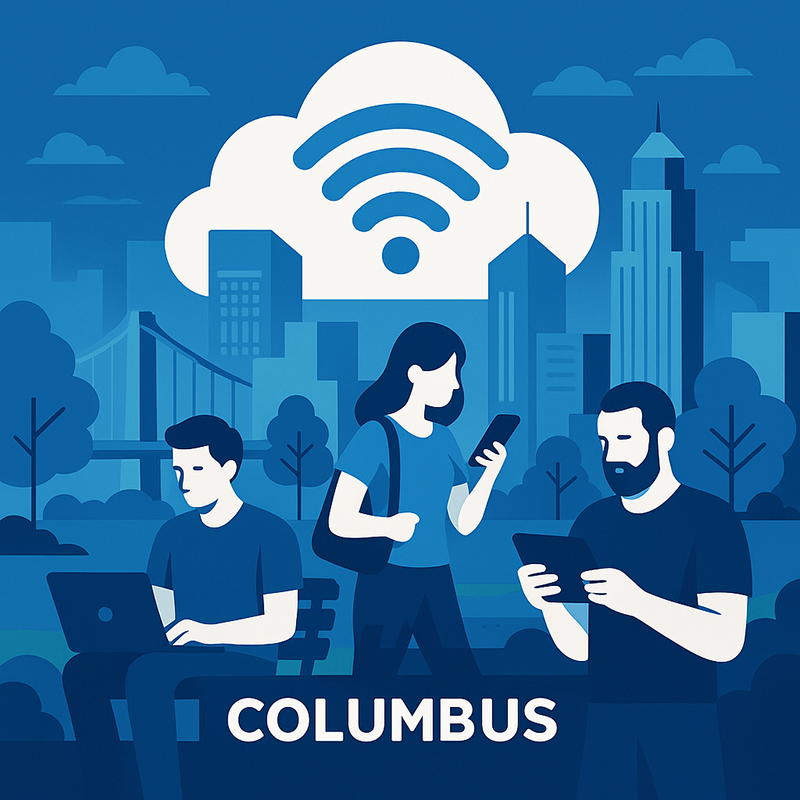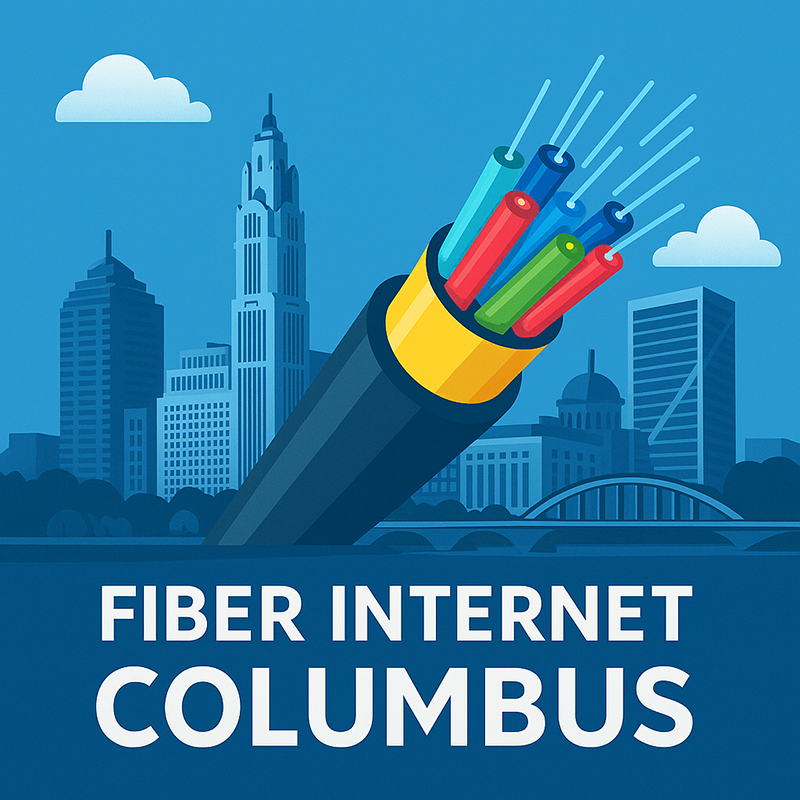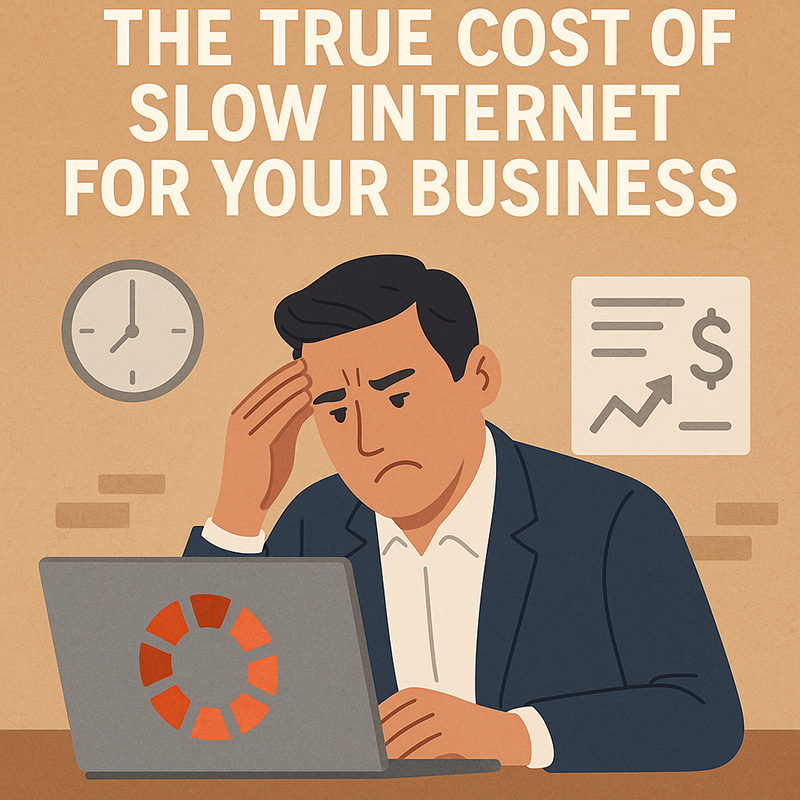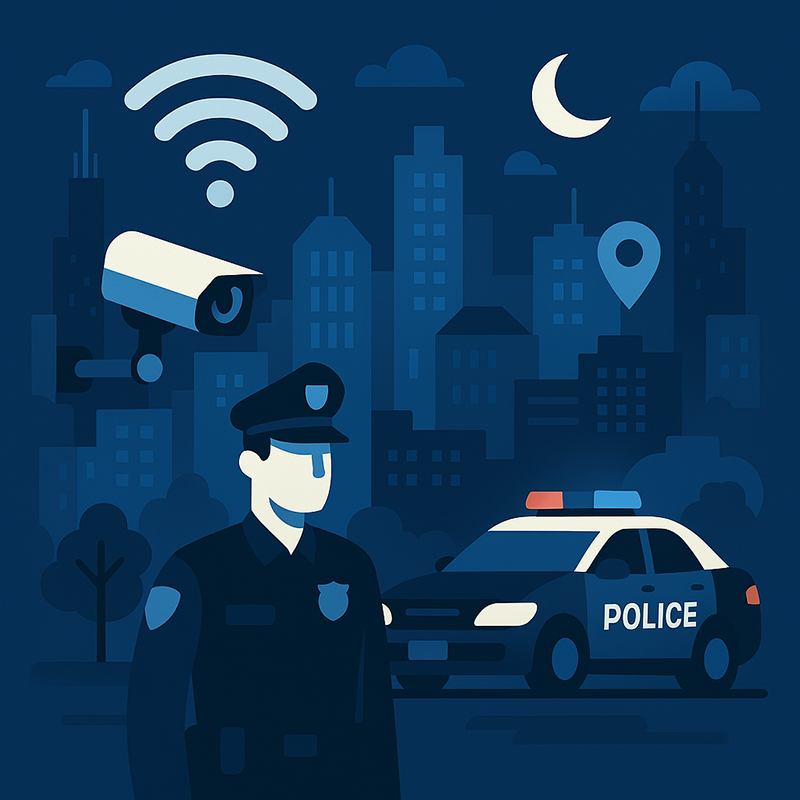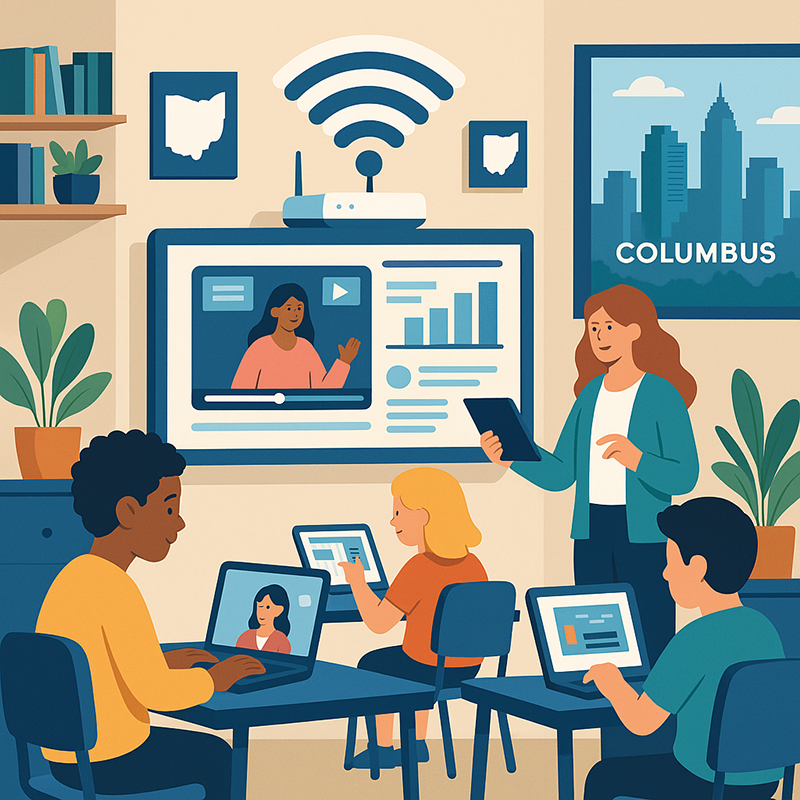Working from home has become a normal part of life for so many people. While working remotely can come with perks like keeping your pajamas on or having a mid-day coffee break, it also comes with its own challenges. Various distractions, shoddy internet, and uncomfortable chairs can make staying productive difficult in your own home.
So if you’re shopping for the remote worker in your life, why not give them something that actually makes their home office a happier place for better concentration? From gadgets that block out excess noise to tools that speed up Wi-Fi, here are some thoughtful and practical gift ideas that any remote worker would appreciate.
Noise-Canceling Headphones
Let’s start with the holy grail of remote work comfort: noise-canceling headphones. If your loved one doesn’t have a pair, it may be time to gift them one of these life-saving gadgets. Whether your dear friend is trying to focus during a Zoom call or simply drown out the sound of the neighbor’s kids, a great pair of headphones can be a total game-changer.
Popular models like the Sony WH-1000XM5 or the Bose QuietComfort Ultra are known for their top-notch noise cancellation and super-comfortable fit. If you’re looking for something smaller and more portable, the Apple AirPods Pro are a classic that offers great noise control in a compact package.
Mesh Wi-Fi System
Few things kill productivity faster than a spotty internet with latency issues. If your remote worker complains about laggy video calls or dead zones in certain rooms, a mesh Wi-Fi system might be the perfect gift.
Brands like Google Nest Wi-Fi, Eero, and TP-Link Deco can help extend internet coverage throughout the home for a stronger, more reliable signal. These systems are easy to set up and can automatically route signals through multiple devices to make sure every corner of the house gets a strong connection.
It’s a practical upgrade that will make workdays smoother, and may help with streaming Netflix or high-definition gaming, too.
Ergonomic Desk Chair
If they’ve been sitting on a wooden chair for the last two years, it’s time for an upgrade. An ergonomic office chair can make a world of difference for your friend or loved one.
Look for chairs with adjustable lumbar support and height-adjustable arms for maximum comfort and adaptability. The Herman Miller Aeron is the gold standard, but there are more affordable options, like the Branch Ergonomic Chair, that still deliver comfort and support.
Standing Desk
Sitting all day isn’t great for anyone, and that’s where a standing desk can come in handy. A standing desk can let remote workers alternate between sitting and standing throughout the day, which can help with energy, focus, and even posture.
The Fully Jarvis Bamboo Desk and Uplift Desk are popular adjustable options, both with aesthetic appeal that can fit in any home or office.
If you’re looking for a smaller, less expensive present, try purchasing a standing mat for extra comfort underfoot.
Smart Mug or Insulated Tumbler
For the caffeine lover in your life, keeping that coffee or tea warm is essential. The Ember Smart Mug maintains the perfect temperature for hours, which can be controlled right from a smartphone. It’s a little luxury that adds a touch of fun and convenience to daily routines.
If you prefer something simpler, a YETI Rambler or Hydro Flask tumbler keeps drinks hot for hours, no batteries or electronics required. These gifts can be perfect for those long video calls or workdays.
Desk Lighting
Lighting can make or break a workspace. A well-lit desk is essential; it can help reduce eye strain, boost focus, and increase mood. Consider gifting a dimmable LED desk lamp or a ring light if they’re often on camera.
The BenQ Genie e-Reading Lamp adjusts brightness and color temperature automatically, while a simple ring light with adjustable settings can help them look their best on every Zoom call. Assess your friends’ needs and see what kind of lighting would be best for their work or lifestyle.
Cable Management Kit
A cluttered desk can be far worse for attention and productivity than we often think. For a remote worker whose cables are taking over, a cable management kit makes a surprisingly useful and inexpensive gift.
For those who need a little help organizing, look for kits that include clips, sleeves, and Velcro ties for easy management. You can even pair it with a desk organizer or charging station to keep all their gadgets in one neat spot.
A cable management kit is a simple gift that brings instant calm to a messy workspace. Especially if you’re on a budget, getting your friend or loved one this cost-efficient gift can still be a helpful and thoughtful holiday present.
Gift Cards for Food Delivery or Coffee
When deadlines pile up, cooking can fall to the bottom of the list. A DoorDash, Uber Eats, Trader Joe’s, or Starbucks gift card is an incredible way to give your busiest friends a chance to nourish themselves. Especially if your friend is working long hours, having extra cash for delivery can be a game-changing gift.
Purchasing a gift card to one of your friend’s or family’s favorite establishments can also be a practical, thoughtful way to give during the holidays.
Gift-Giving for your Loved Ones
The perfect gift for a remote worker is something that makes their life a little easier, more comfortable, or more enjoyable. Whether it’s a high-tech gadget or a simple comfort item, the goal is to help them feel supported, or even make their 9-to-5 grind a little more enjoyable.
If you have a loved one who spends too much time in their home office, a thoughtful gift that boosts their productivity can be life-changing. So if you know of a diligent remote worker in your life, use this guide to find them a holiday gift that benefits their hard-working nature.


